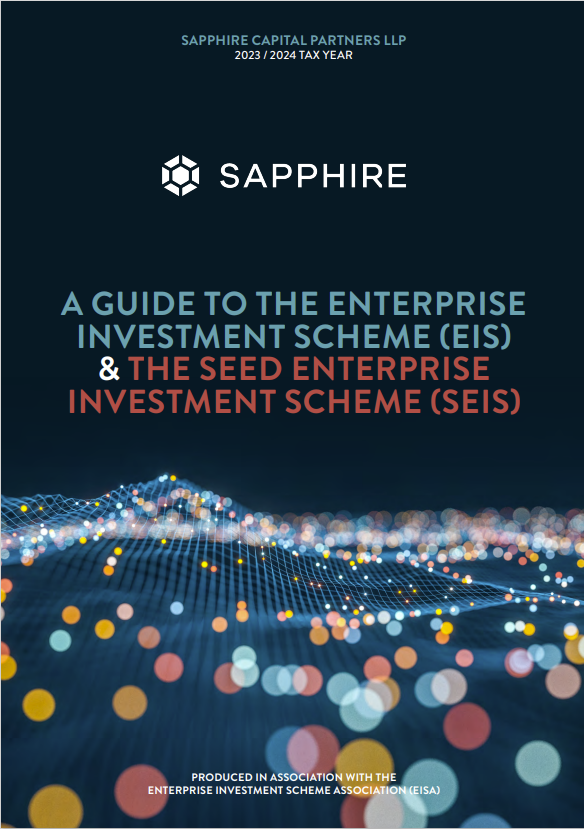Risk summary for non-readily realisable securities which are shares:
Last updated: 31 March 2024
Estimated reading time: 2 min
Due to the potential for losses, the Financial Conduct Authority (FCA) considers this investment to be high risk.
What are the key risks?
1. You could lose all the money you invest
If the business you invest in fails, you are likely to lose 100% of the money you invested. Most start-up businesses fail.
2. You are unlikely to be protected if something goes wrong
Protection from the Financial Services Compensation Scheme (FSCS), in relation to claims against failed regulated firms, does not cover poor investment performance. Try the FSCS investment protection checker here or via the following URL link: https://www.fscs.org.uk/check/investment-protection-checker/.
Protection from the Financial Ombudsman Service (FOS) does not cover poor investment performance. If you have a complaint against an FCA-regulated firm, FOS may be able to consider it. Learn more about FOS protection here or via the following URL link: https://www.financial-ombudsman.org.uk/consumers.
3. You won’t get your money back quickly
Even if the business you invest in is successful, it may take several years to get your money back. You are unlikely to be able to sell your investment early.
The most likely way to get your money back is if the business is bought by another business or lists its shares on an exchange such as the London Stock Exchange. These events are not common.
If you are investing in a start-up business, you should not expect to get your money back through dividends. Start-up businesses rarely pay these.
4. Don’t put all your eggs in one basket
Putting all your money into a single business or type of investment, for example, is risky. Spreading your money across different investments makes you less dependent on anyone to do well.
A good rule of thumb is not to invest more than 10% of your money in high-risk investments. Read more about it here or via the following URL link: https://www.fca.org.uk/investsmart/5-questions-ask-you-invest.
5. The value of your investment can be reduced
The percentage of the business that you own will decrease if the business issues more shares. This could mean that the value of your investment reduces, depending on how much the business grows. Most start-up businesses issue multiple rounds of shares.
These new shares could have additional rights that your shares don’t have, such as the right to receive a fixed dividend, which could further reduce your chances of getting a return on your investment.
If you are interested in learning more about how to protect yourself, visit the FCA’s website here or via the following URL link: https://www.fca.org.uk/investsmart.
Please find the PDF version here.
